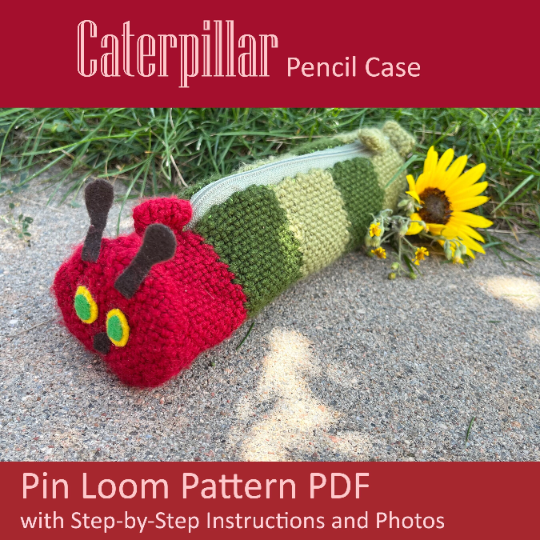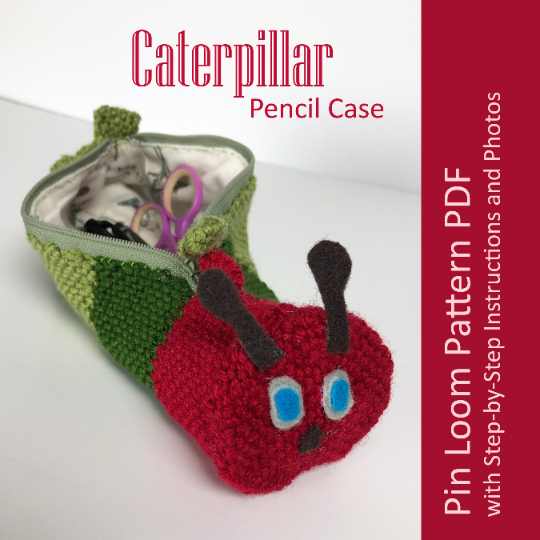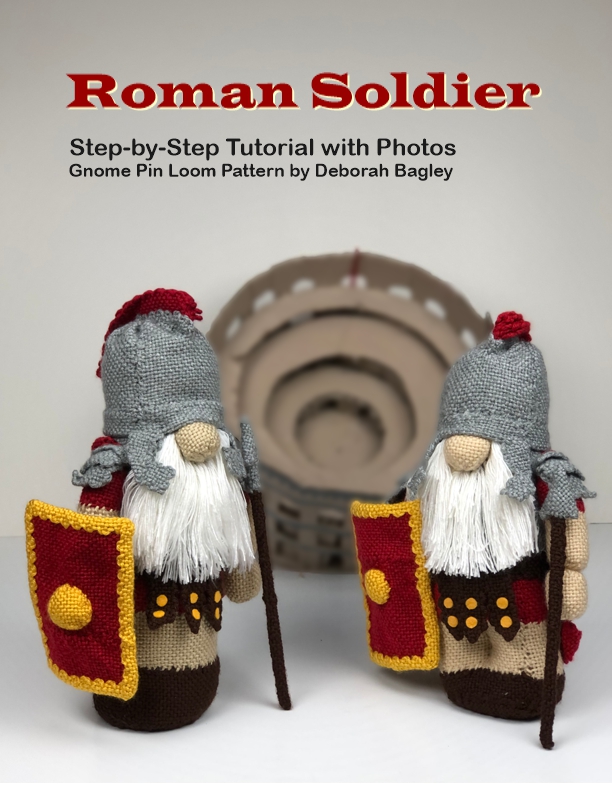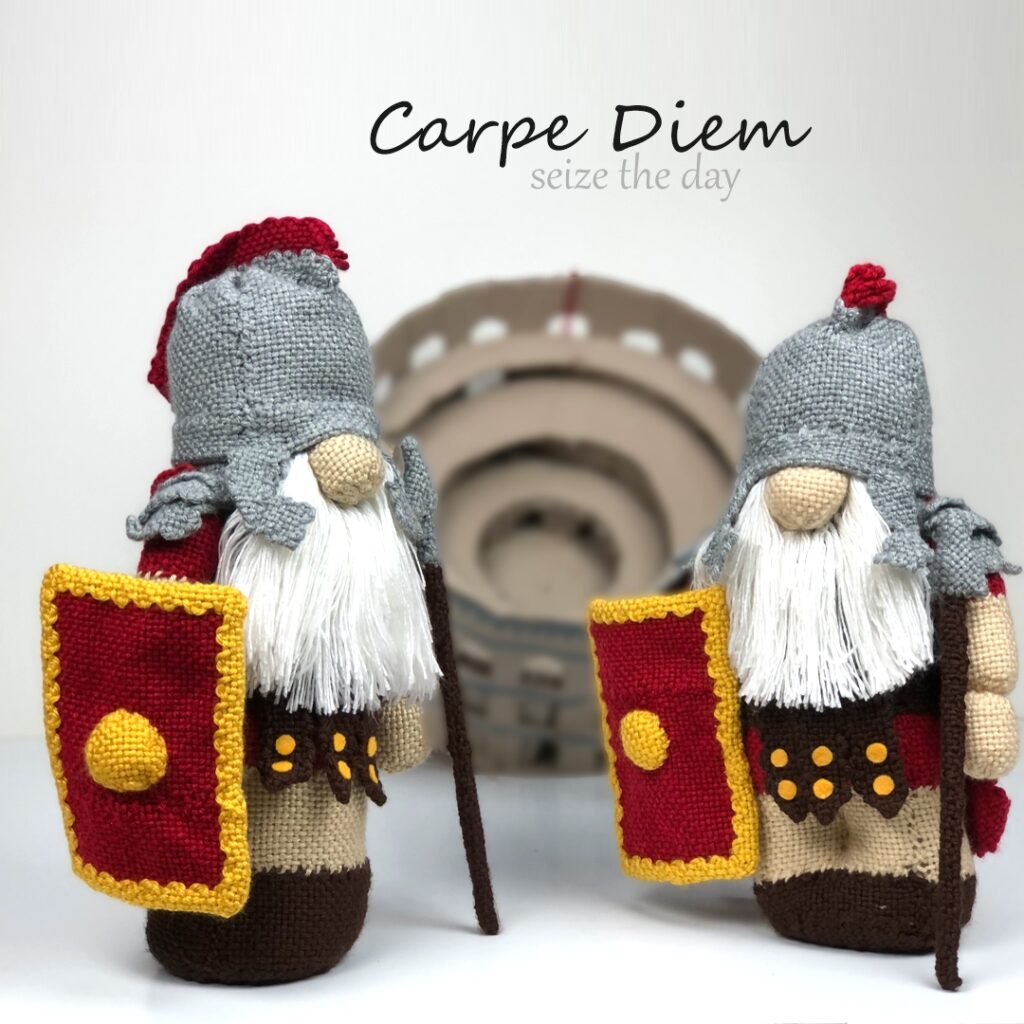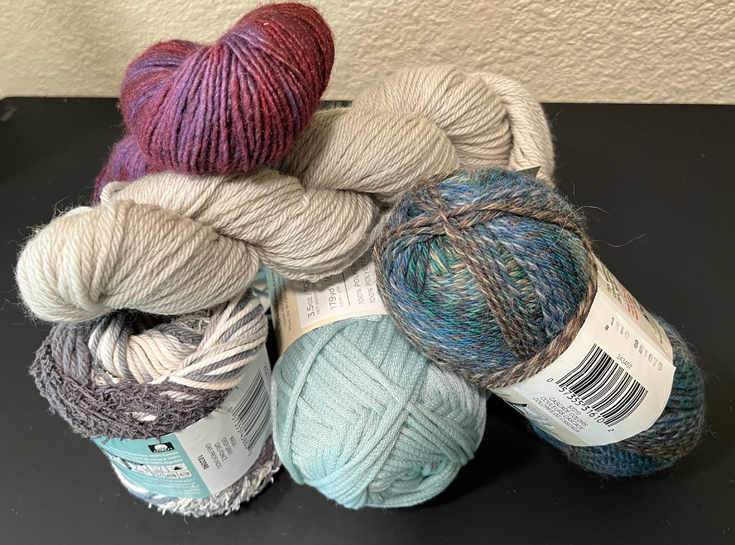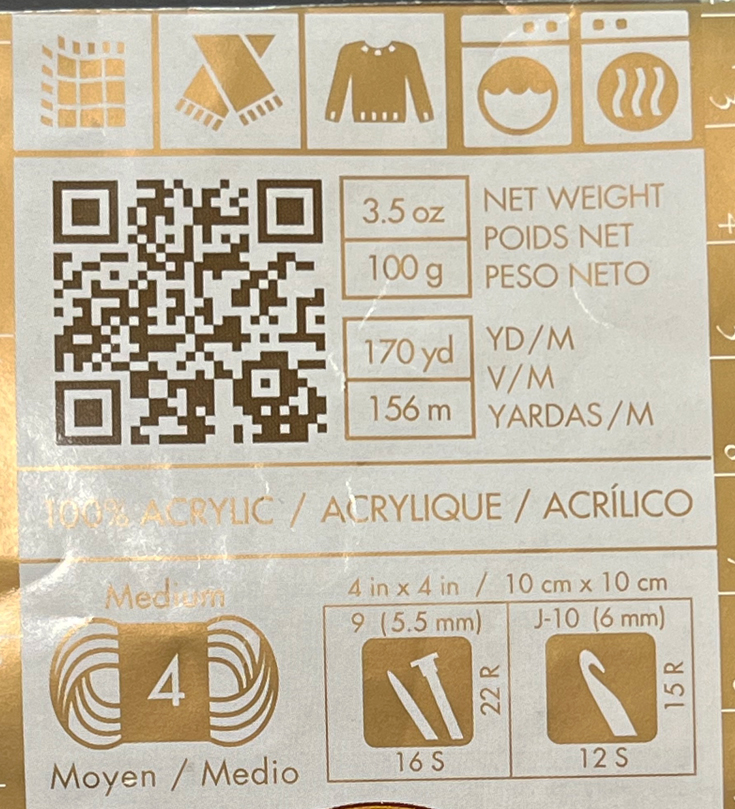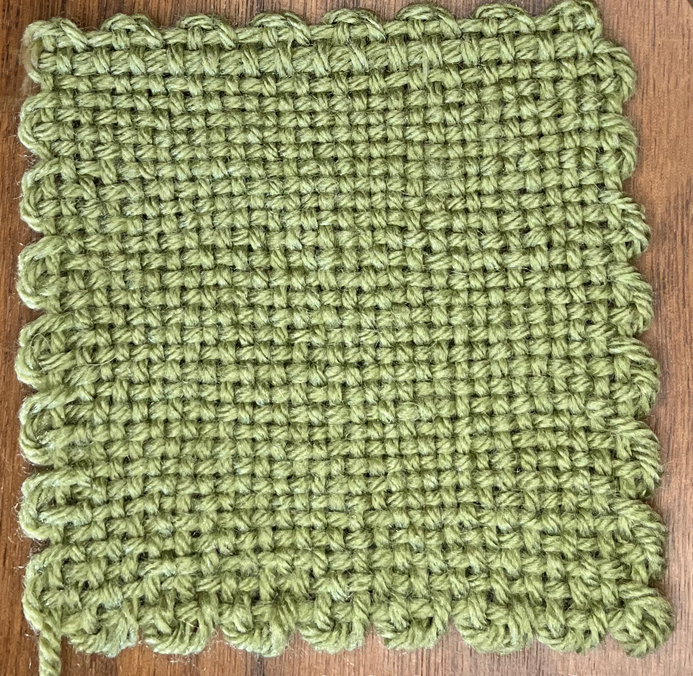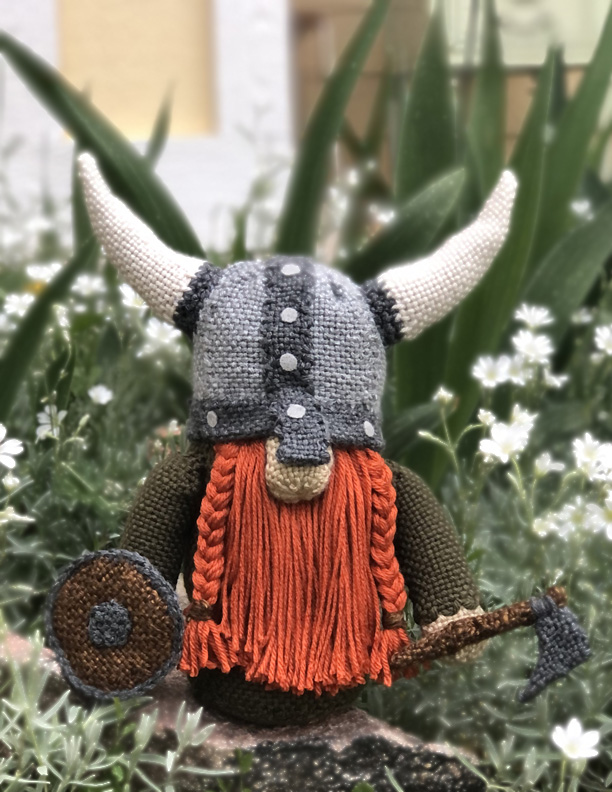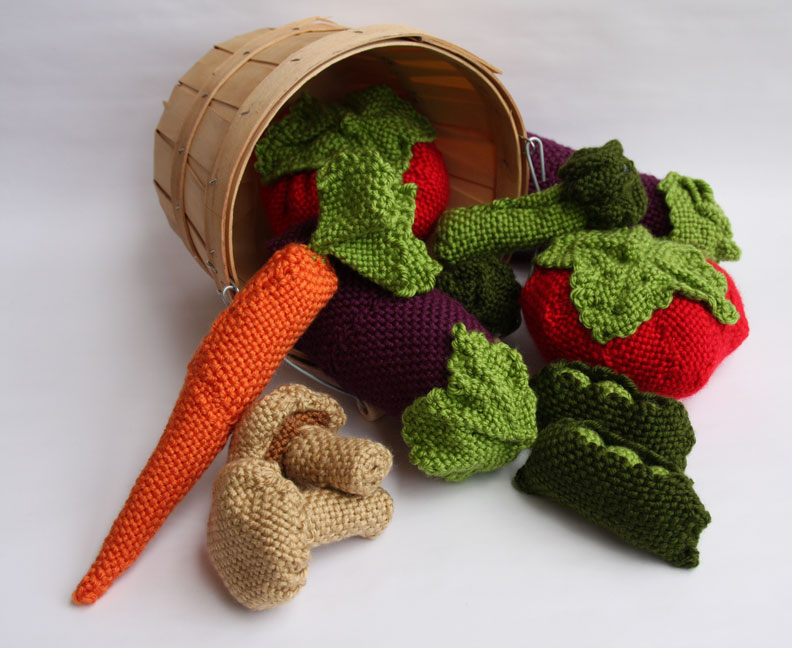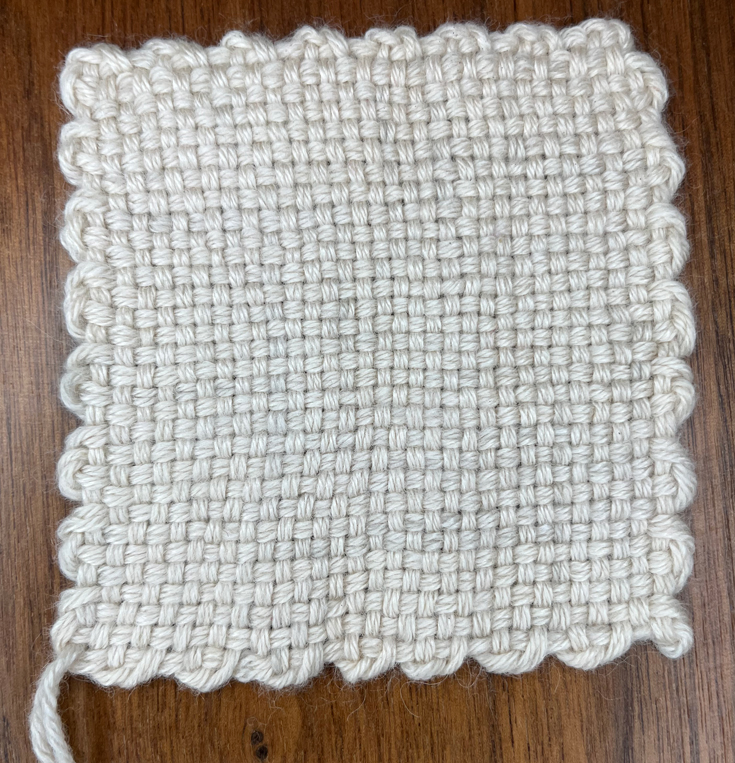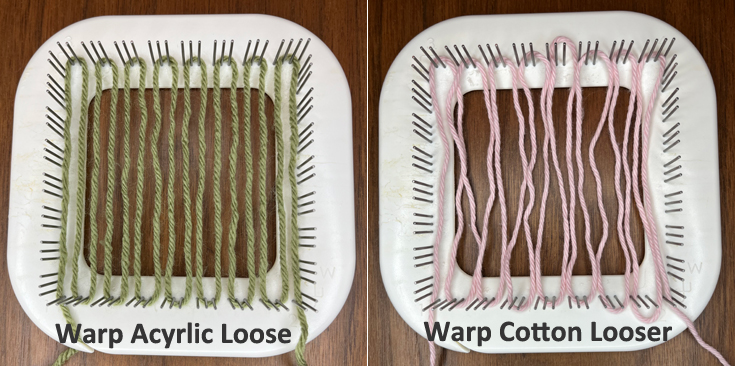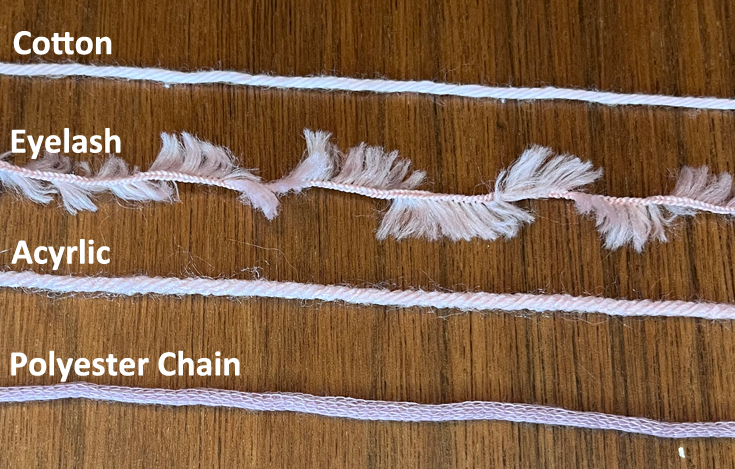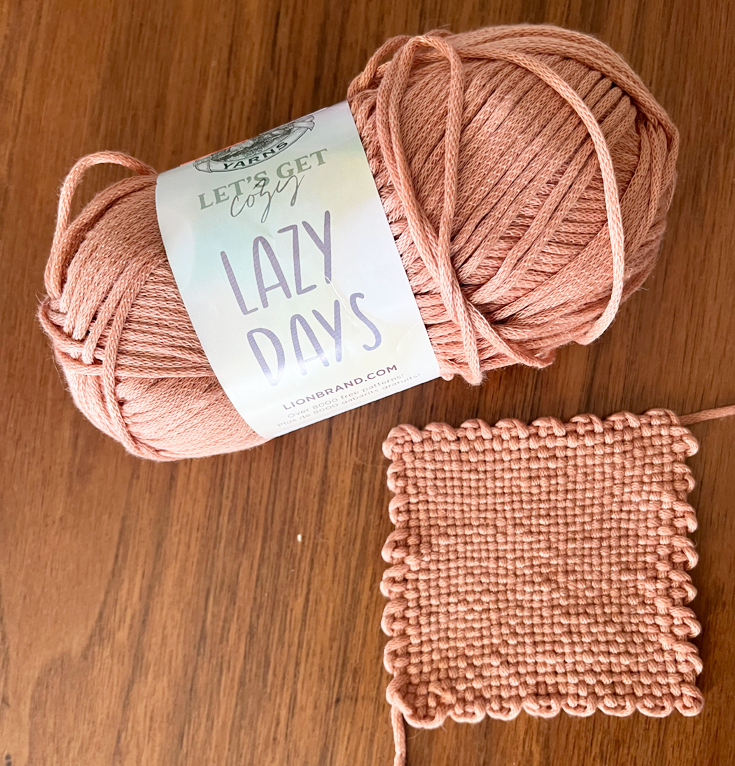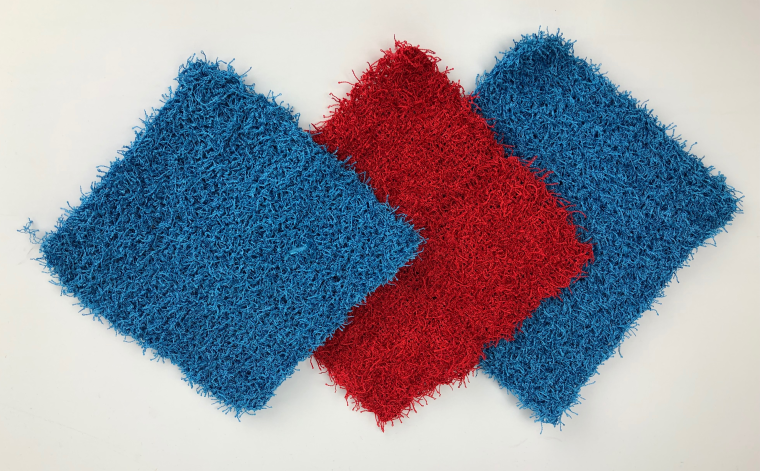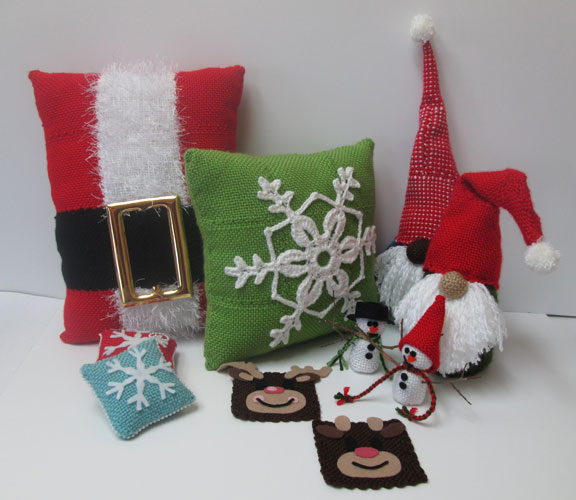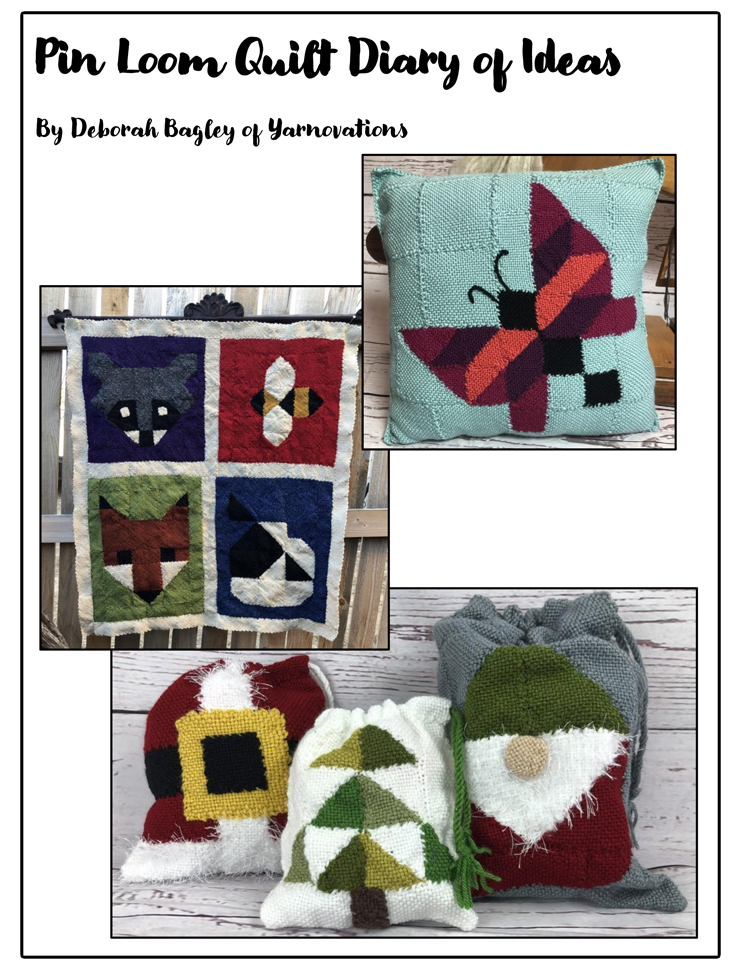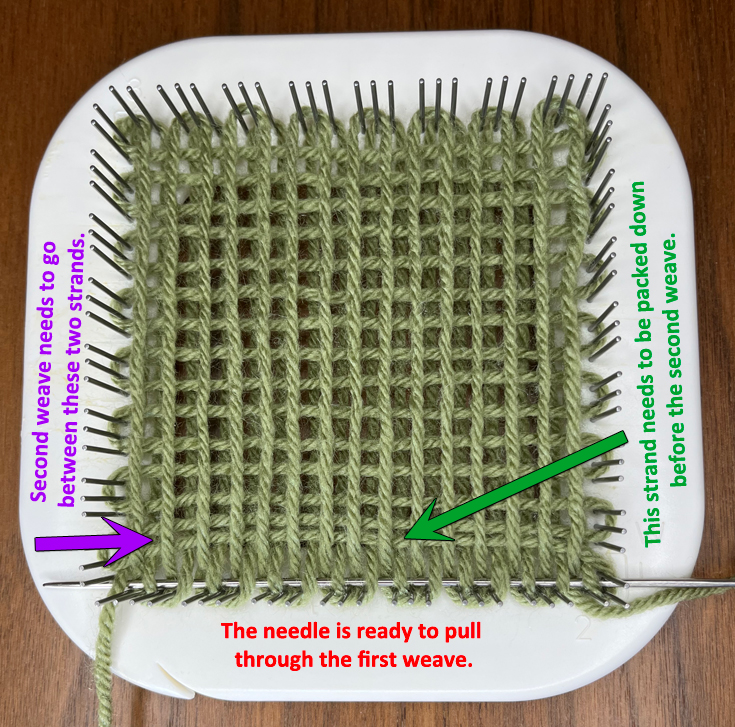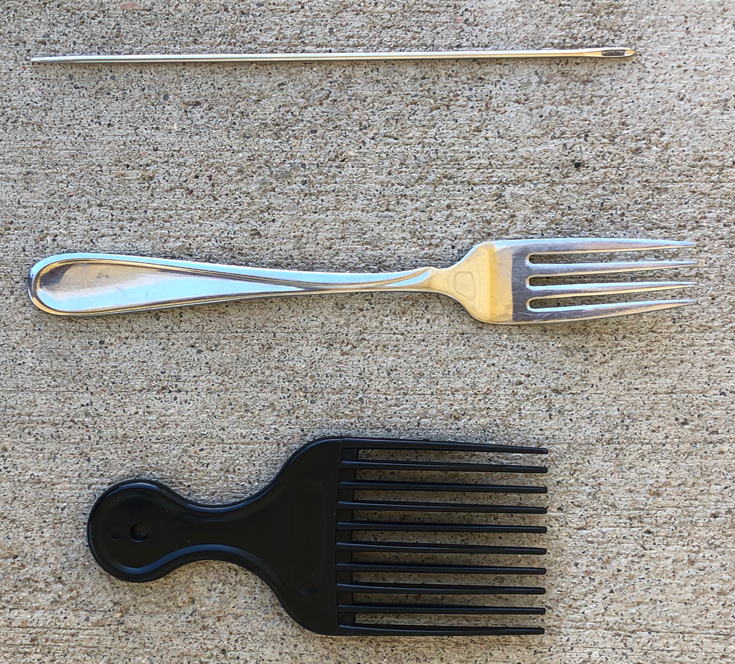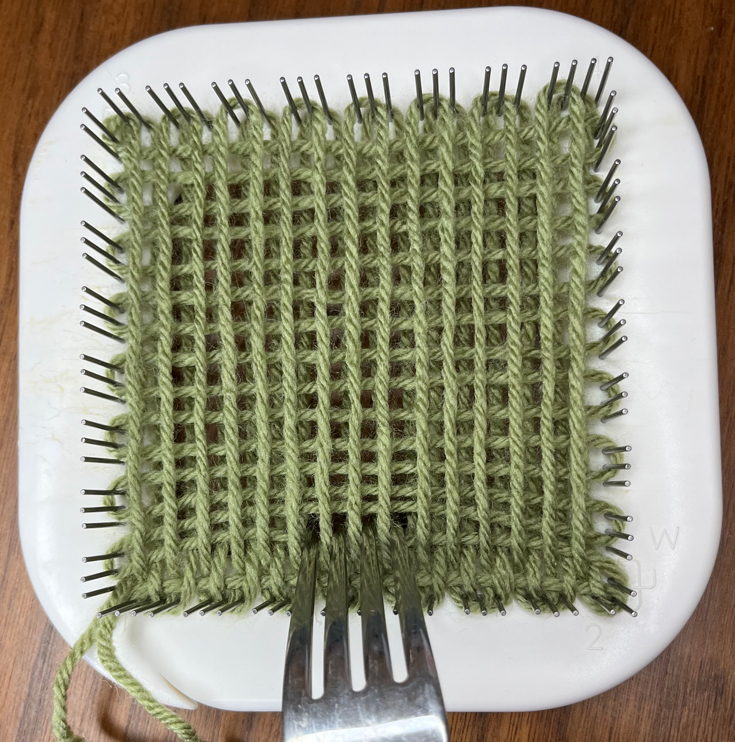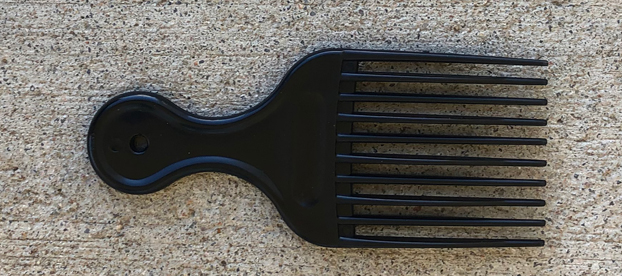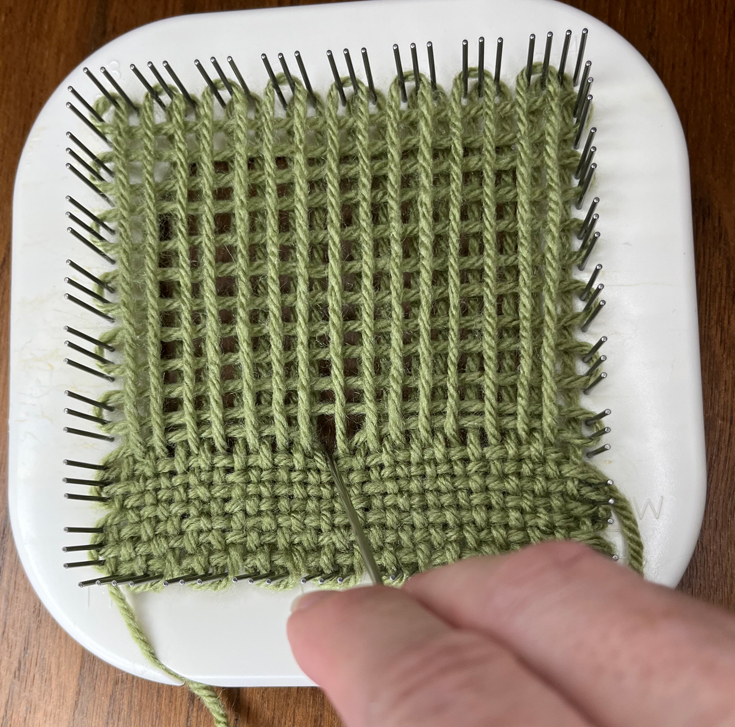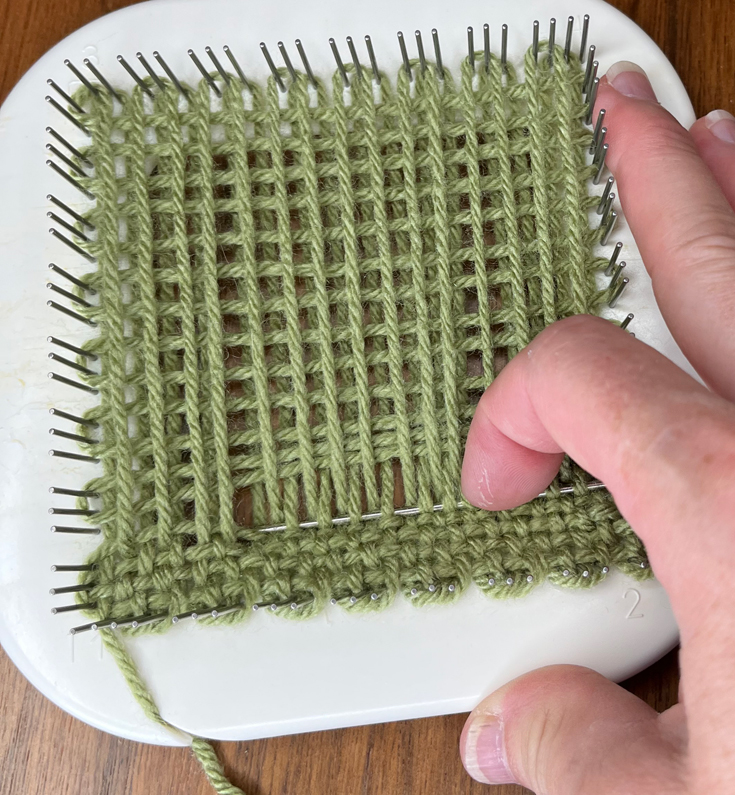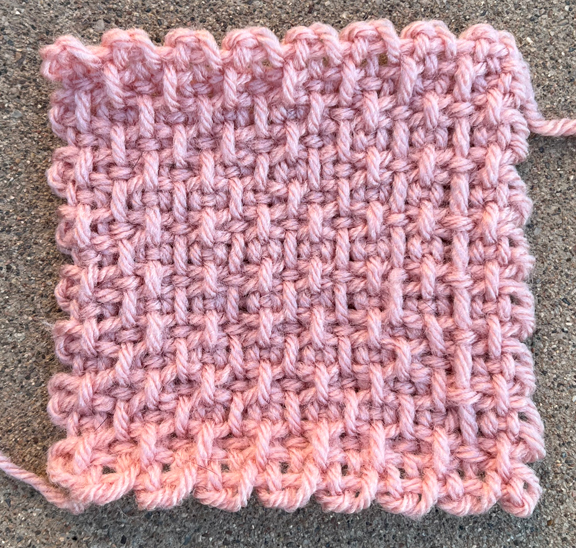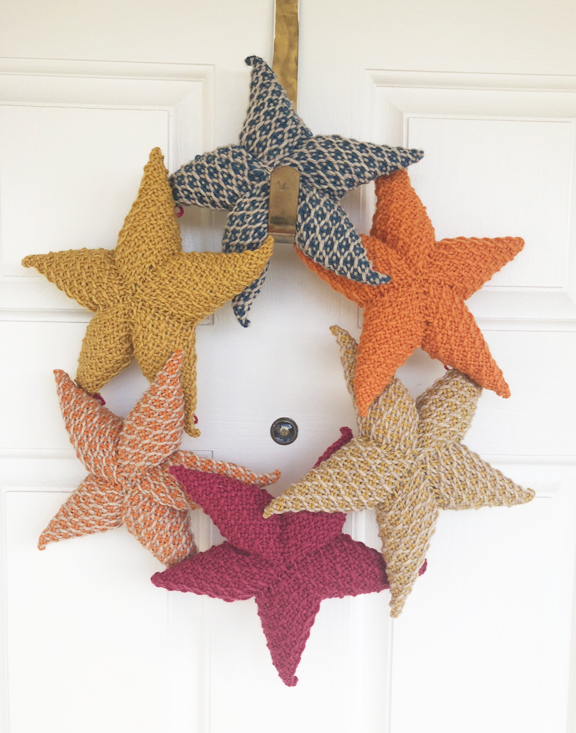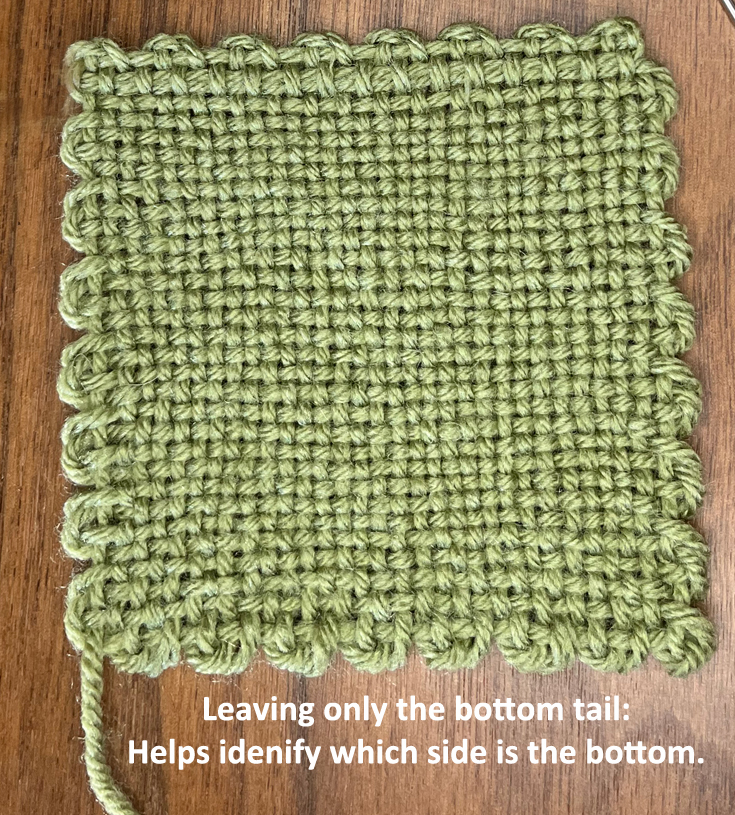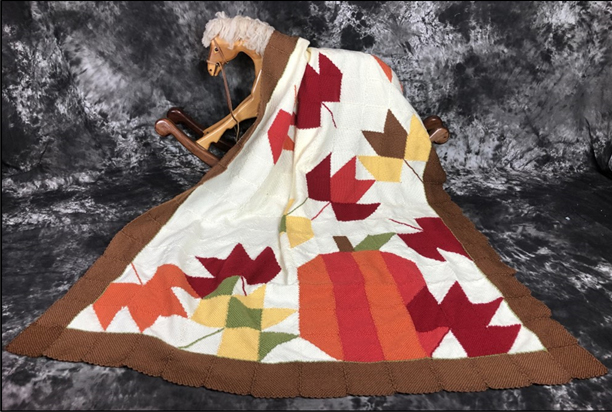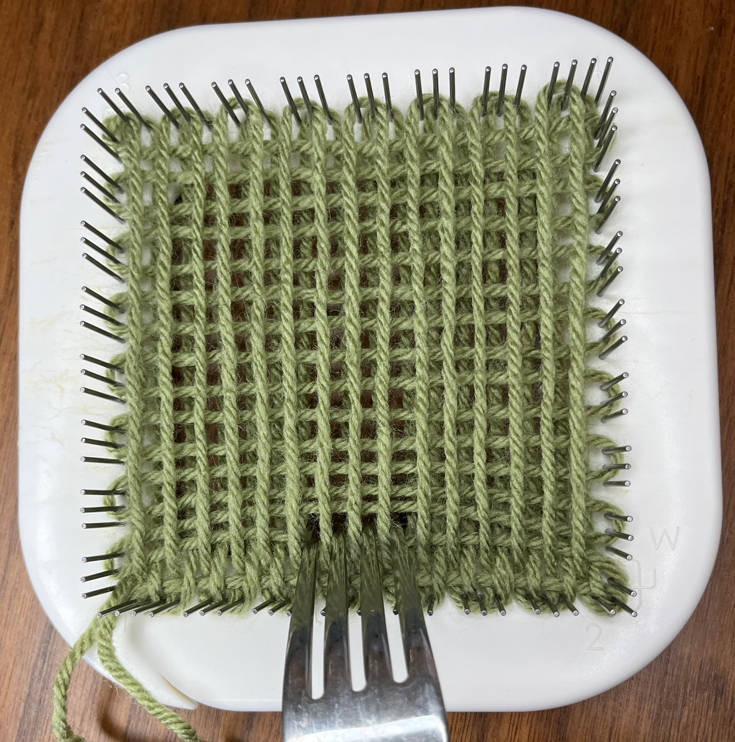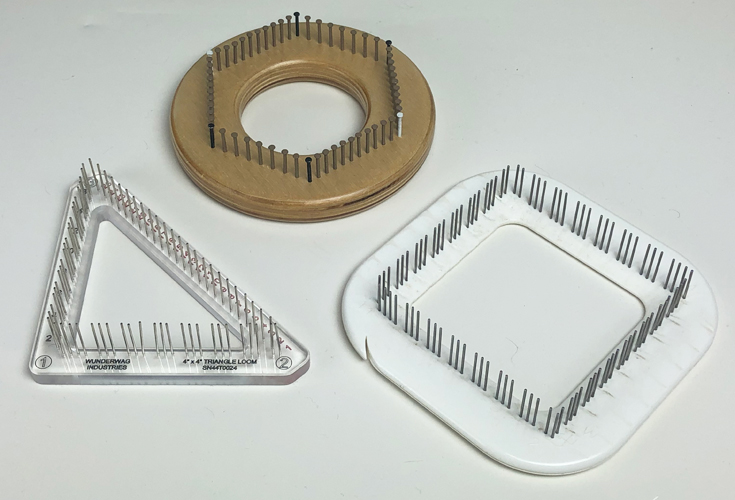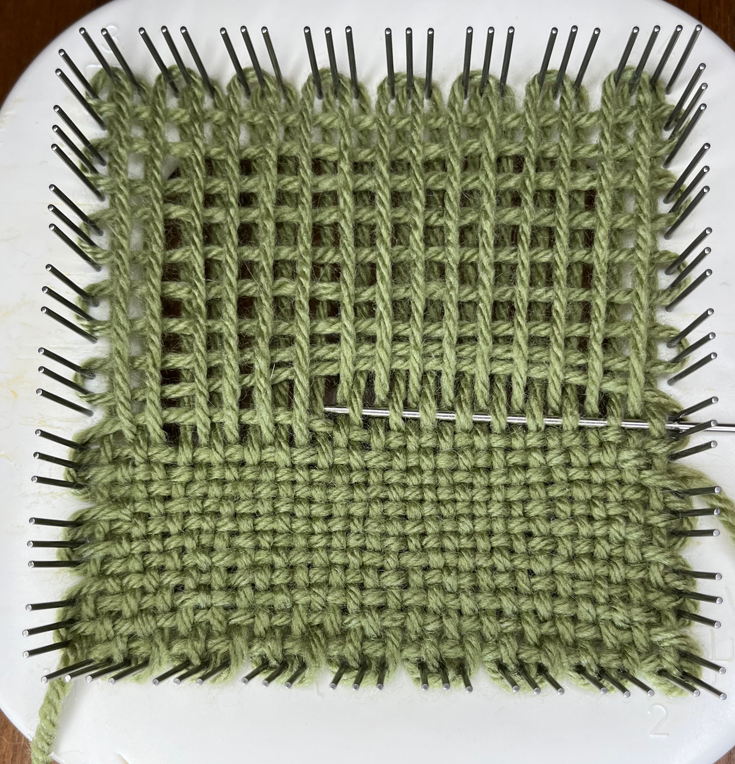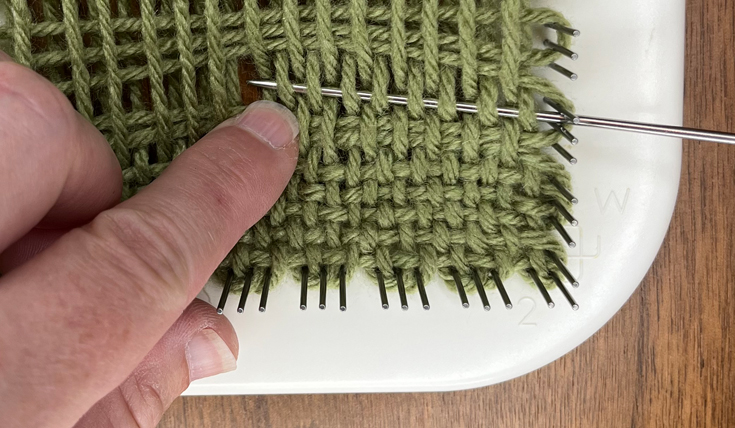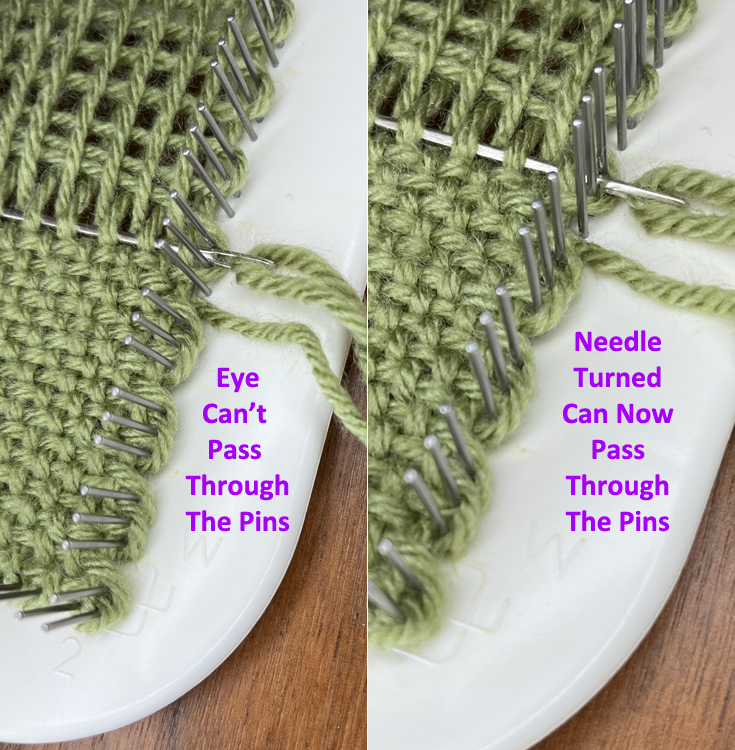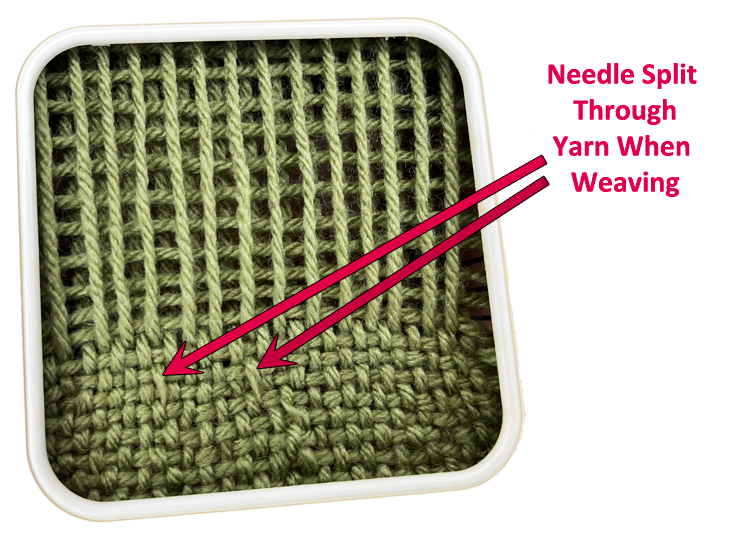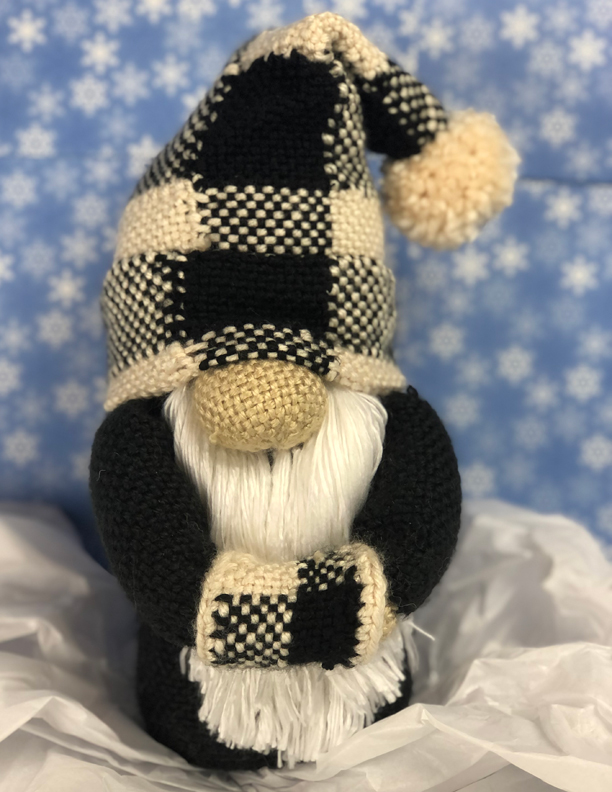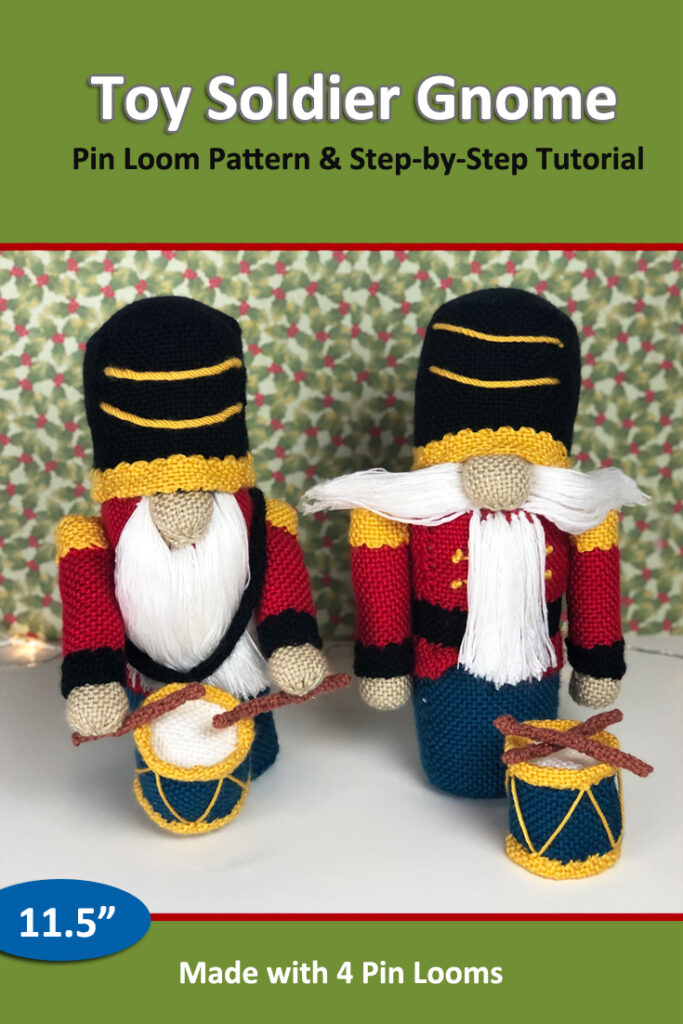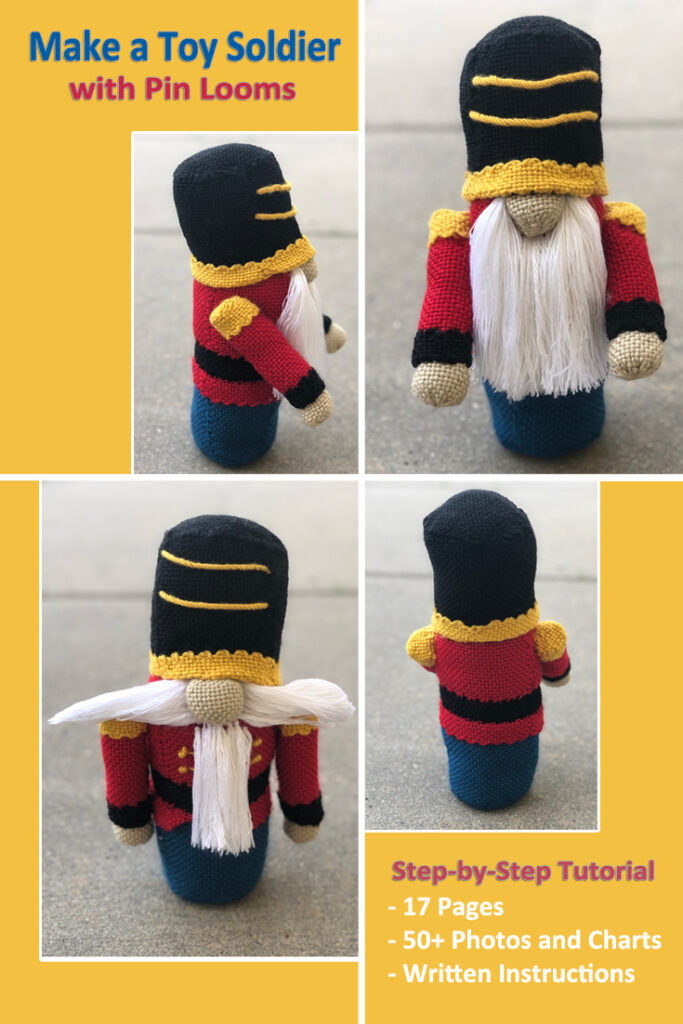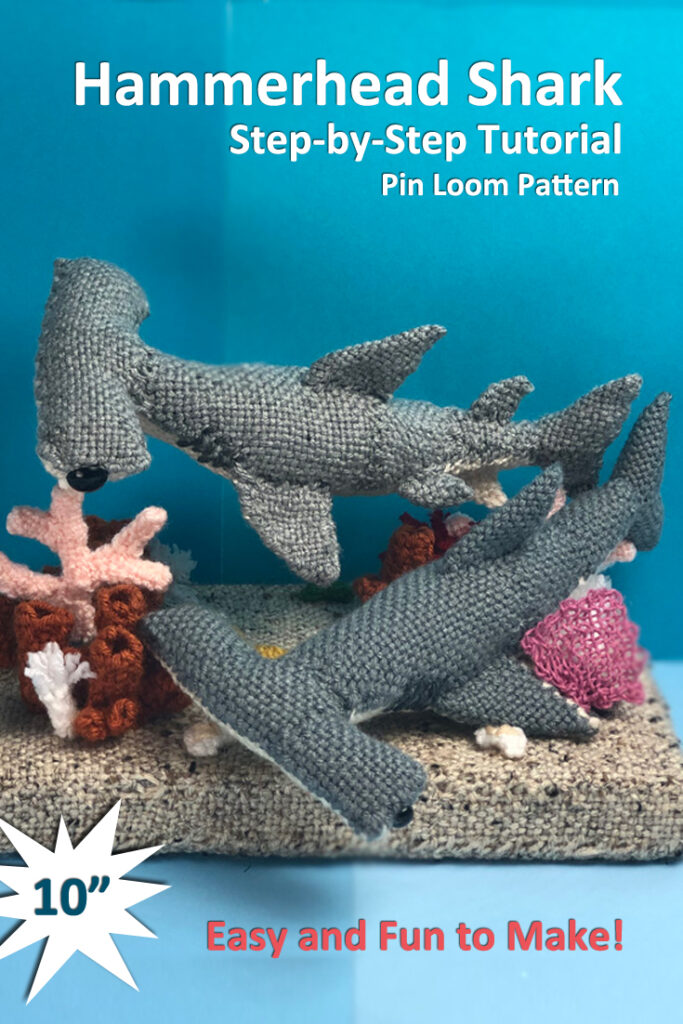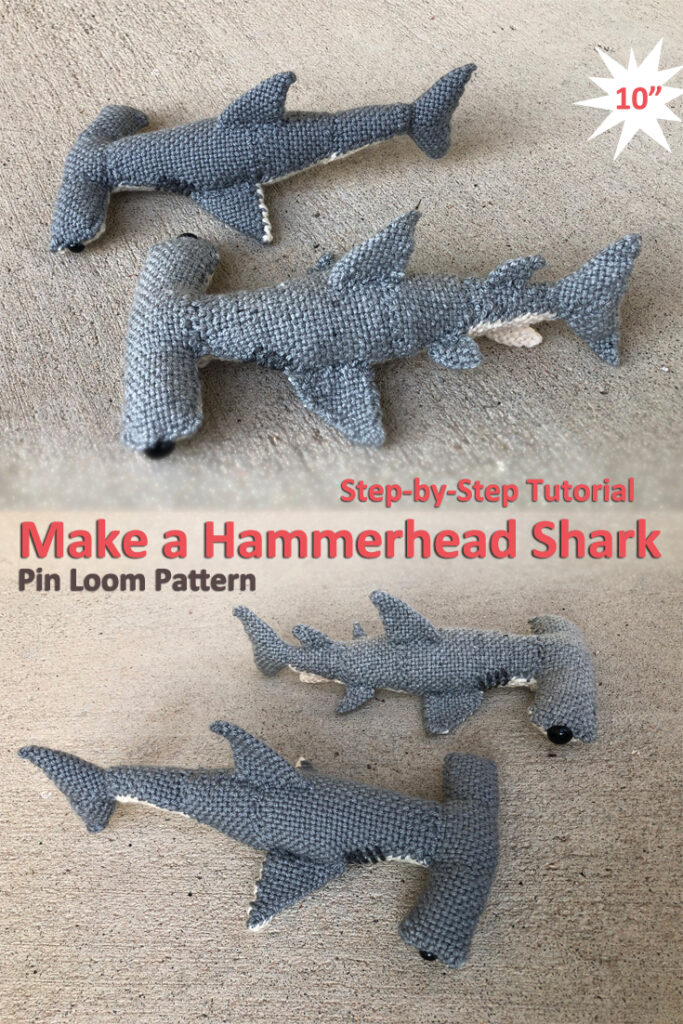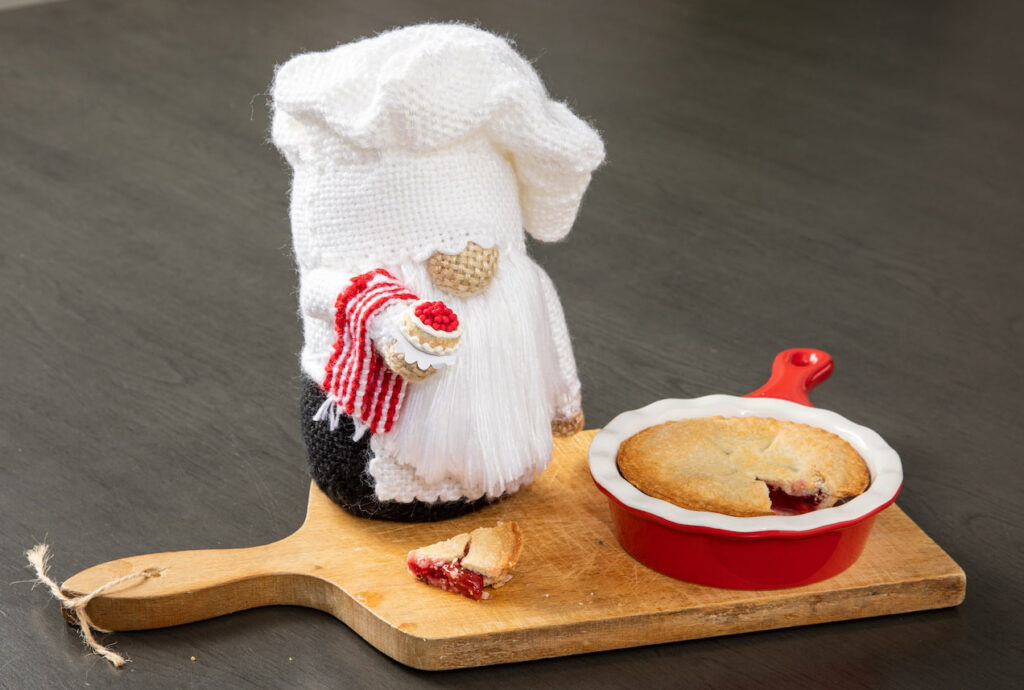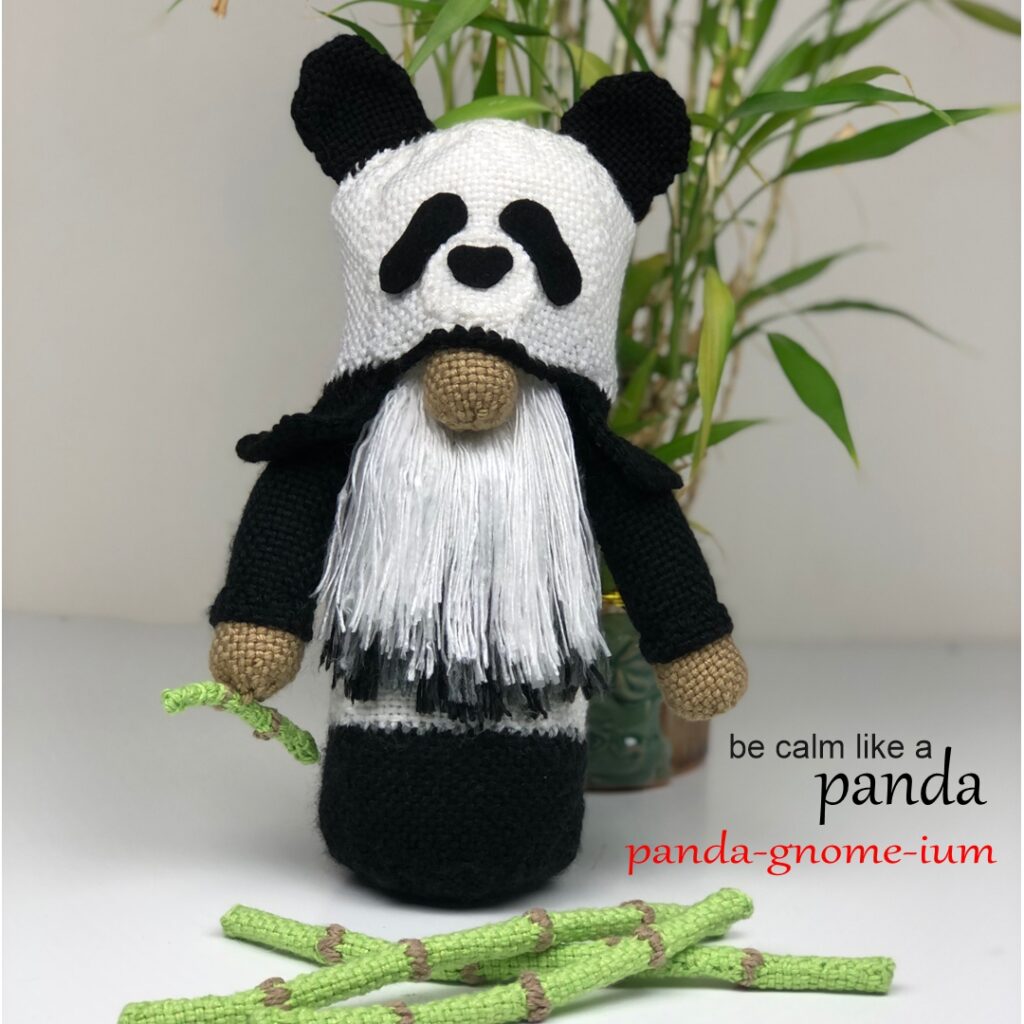
This gnome loves pandas! The cool weather of fall is his favorite time of year because he can put on his panda hat and munch on bamboo.
Weave your own panda loving gnome with this step-by-step pin loom pattern pdf Panda-Gnome-ium download. The tutorial includes the gnome, panda hat and bamboo! The pattern has written instructions for each step telling you how to roll, fold, tuck and sew pin loom shapes into a panda gnome plush toy.
Panda-Gnome-ium Pattern PDF
Whether you’re new to pin loom weaving or have been weaving a while, this pattern will make it easy to recreate a panda gnome stuffed animal just like the one pictured. Here’s what’s included in the pattern:
- Gnome Instructions
- Panda Hat Instructions
- Bamboo Instructions
- Step by Step Written Instructions
- 30+ Photos
- 13 Pages
Reviews for Our Pin Loom Patterns
This Panda Gnome is fun and easy to make following the PDF pattern. Don’t just take our word for it. Here’s what others are saying about our pin loom patterns:

- Super explained, cute, everything done well. – Steffi
- Fun pattern. Matches description. Fast download. – Kim
- Well written pattern nicely illustrated with good photos showing any tricky parts. – Windspinner
Panda-Gnome-ium Available on Etsy
Get your copy of Panda-Gnome-ium Pin Loom Pattern in our Etsy Shop.
Available now on Etsy: Panda-Gnome-ium Pin Loom Pattern.

Pin Panda-Gnome-ium to Pinterest
Share the love, pin one of these panda gnome images to pinterest.
We appreciate it so much. Thank you.
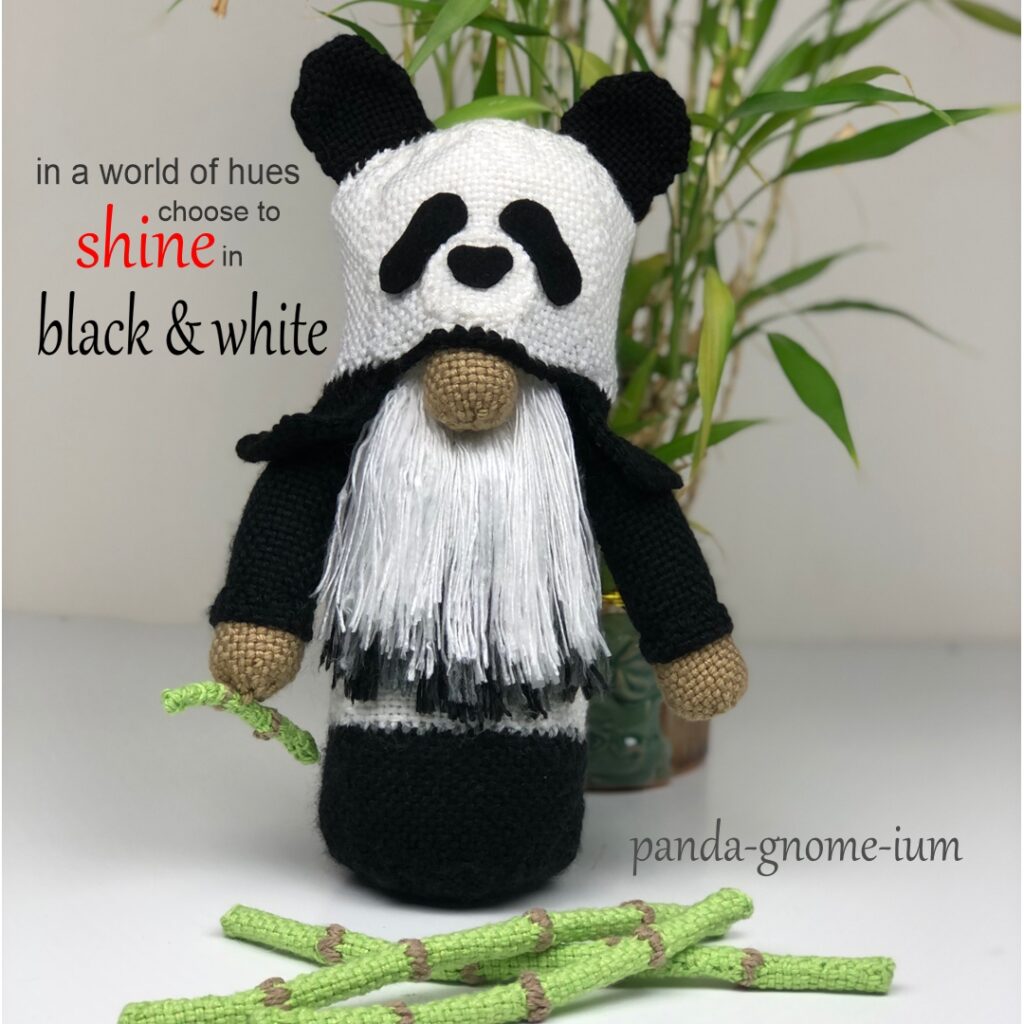
Materials Needed to Make a Panda-Gnome-ium
The supplies list to make a panda gnome is pretty short. In fact, it only takes 3 pin looms to make your own soft toy panda gnome: 4″ square, 2″ square, and 2″x4″ rectangle. Here’s the complete list of what you’ll need to make your own Panda-Gnome-ium:
- Pin Loom Squares: 4”, 2”
- Pin Loom Rectangles: 2” x 4”
- Yarn: Lion Brand: Basic Stitch – Medium Worsted Weight (4)
- BLACK #153 – 70 yds
- WHITE #100 – 125 yds
- ALMOND #121L – 20 yds
- GRASS #130B – 35 yds
- CHARCOAL HEATHER #403J – 10 yds
- Needle: 6” needle for weaving and yarn needle for sewing
- Crochet hook: G/6/4.00mm (optional)
- Stuffing
- Black Felt: 2 ½” x 4”
- Fabric Glue
- Beans: to weigh the gnome down
- Fabric Marker: – white
- Pet comb: – metal
- Steamer (optional)
Pandas in Real Life
Did you know…
- Giant pandas are a type of bear found in China.
- Pandas are easily identifiable by their distinct black and white coloration.
- Pandas are roughly 4-6 feet long, weighing 220 to 250 pounds.
- Pandas have thumbs on their forepaws to help them hold bamboo.
- Pandas eat 20-30 pounds of bamboo shoots a day.
- In 2016, the giant panda was moved from the endangered list to the vulnerable list.
Make a Pin Loom Weaving Panda Gnome
It’s fun and easy to make your own Panda Gnome. Instantly download the Pattern PDF on Etsy.
Available now on Etsy: Panda-Gnome-ium pin loom pattern.



